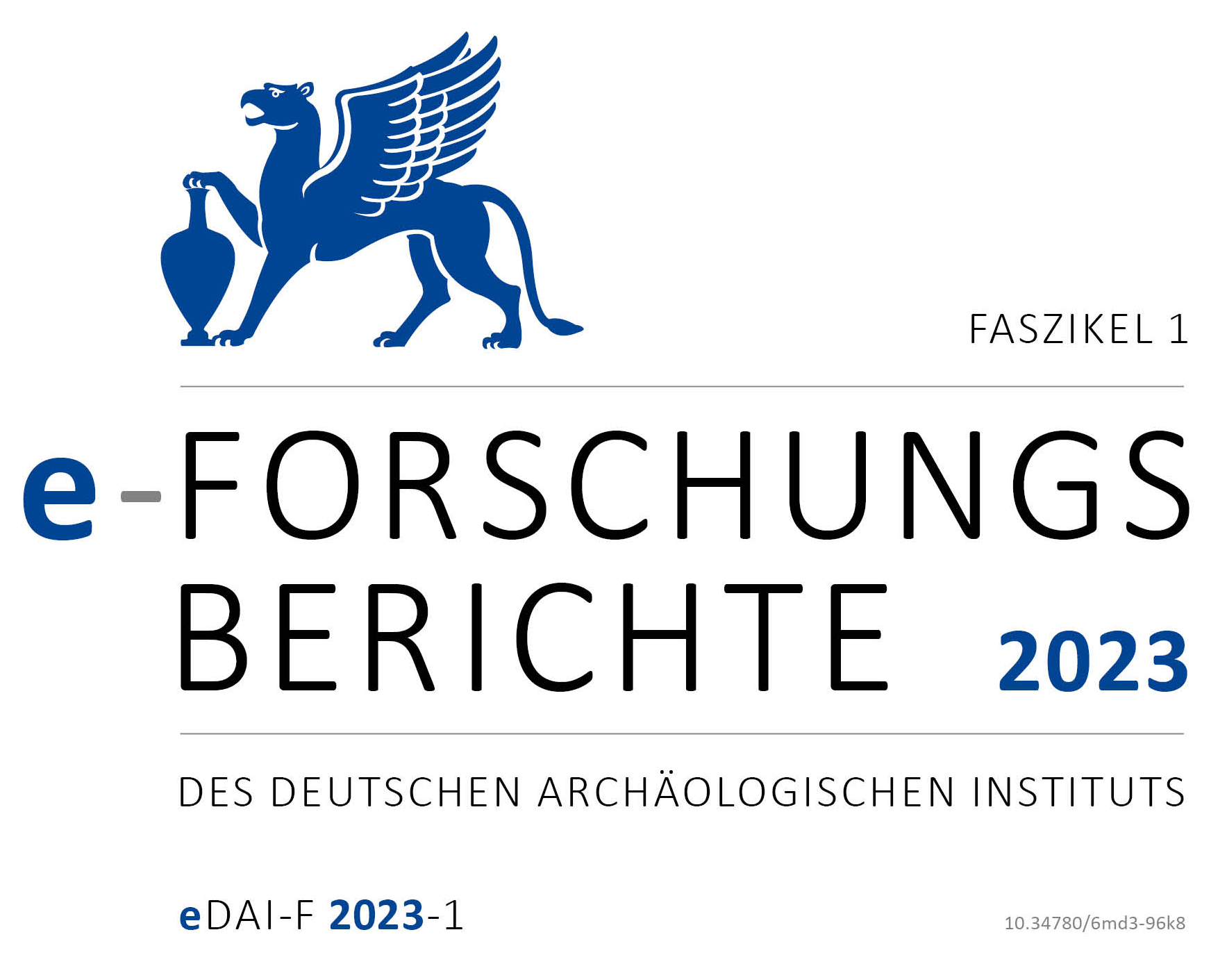Al-Minya, Ägypten. Müll im Überfluss in der griechisch-römischen Bergsiedlung in Tuna el-Gebel. Die Kampagnen 2021 und 2022
https://doi.org/10.34780/6v1q-6wf6
Abstract
Archaeobotanical research at the Graeco-roman mountain settlement of Petra, in Tuna El-Gebel (Egypt), started in 2021, with a strong focus on the excellently preserved rubbish deposits found as infilling of an inner court of a tower house. Plant remains (seeds, fruits, wood, charcoal, leaves, tubers, stems, etc.) and elements made of or containing plant remains (dung remains, baskets, mats, textiles, daub, etc.) were recovered in large amounts. The archaeobotanical work so far allowed to identify a large number of useful plants that indicate that the crop diversity available at the site was very rich and benefited from large-distance commercial networks.
Parole chiave:
Abfälle, Archäobotanik, Ernährung, klassische Archäologie





